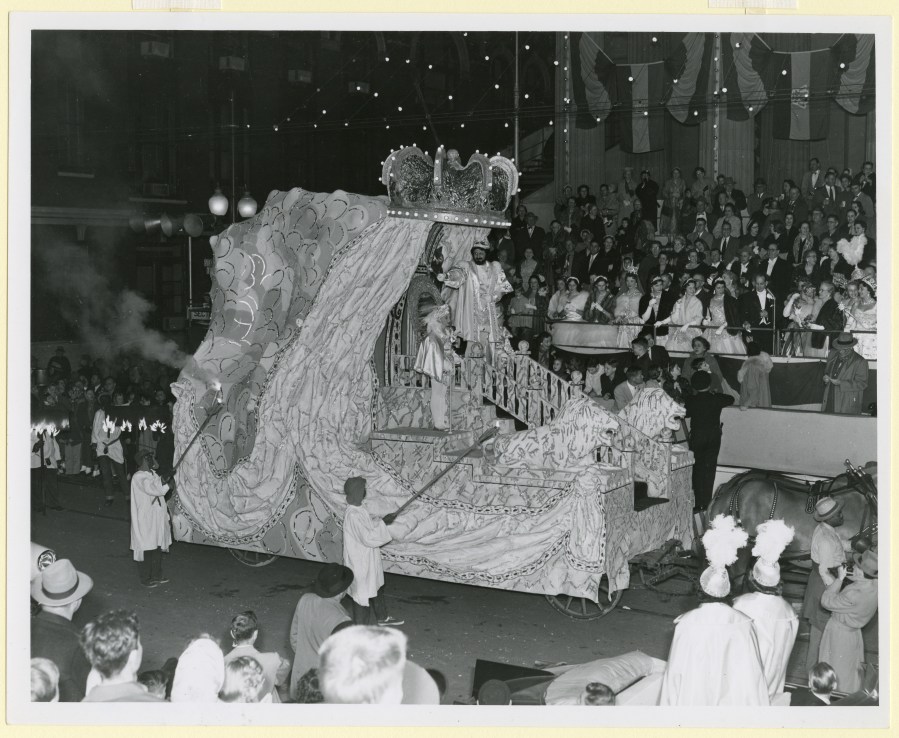NEW ORLEANS— Torches on sticks once lit up the night parades in New Orleans, but in 1946 the flame went out.
And while our Mardi Gras is steeped in history, some of that history involves shame and exclusivity.

Lisa Moore is an archivist with The Amistad Research Center said, “The only role for black people was to be a flambeaux carrier. You were not allowed to be in the audience even. Black people were not allowed to go out and look at the parades. It was a white spectacle.”
That shame we spoke of was certainly not on the part of the flambeaux carriers.
“It became a point of pride to be a flambeaux, and tradition to be a flambeaux, and a way to pic up some extra money,” said Moore.

Which brings us to the ominous year of 1946. Black veterans came home from World War II with a sense of pride, and also a sense of self-worth.
According to Moore,”They got hired and and they said we want 5 dollars per parade not $2.50, and the krewes were just “ahhhh… how dare they” so they said no, we’ll(the krewes) go on without them but they found out that nobody could see the parade”
That standoff would last through the next Mardi Gras season, but wouldn’t be the last time that a labor strike affected the carnival season.
A compromise was made at not 5 bucks per parde, but 4 dollors and once again the flambeauxs were lit.
Moore said, “They were workers. They weren’t unionized but the understood the power and strength of numbers”





















